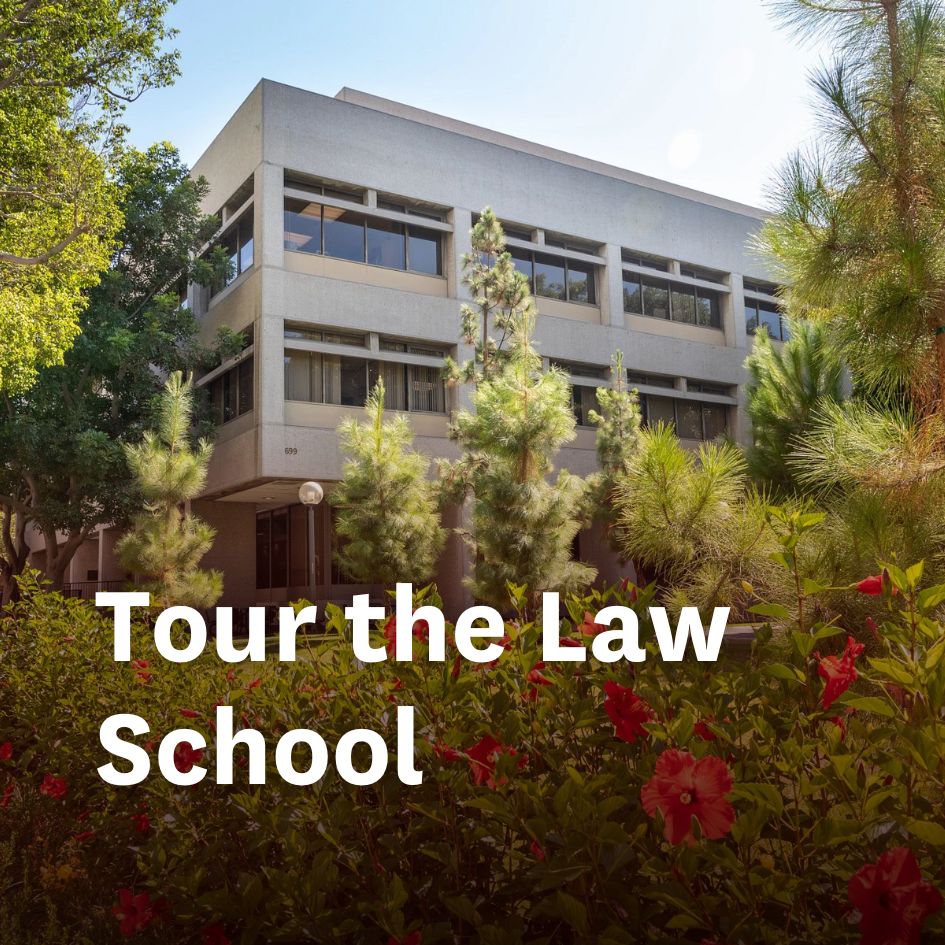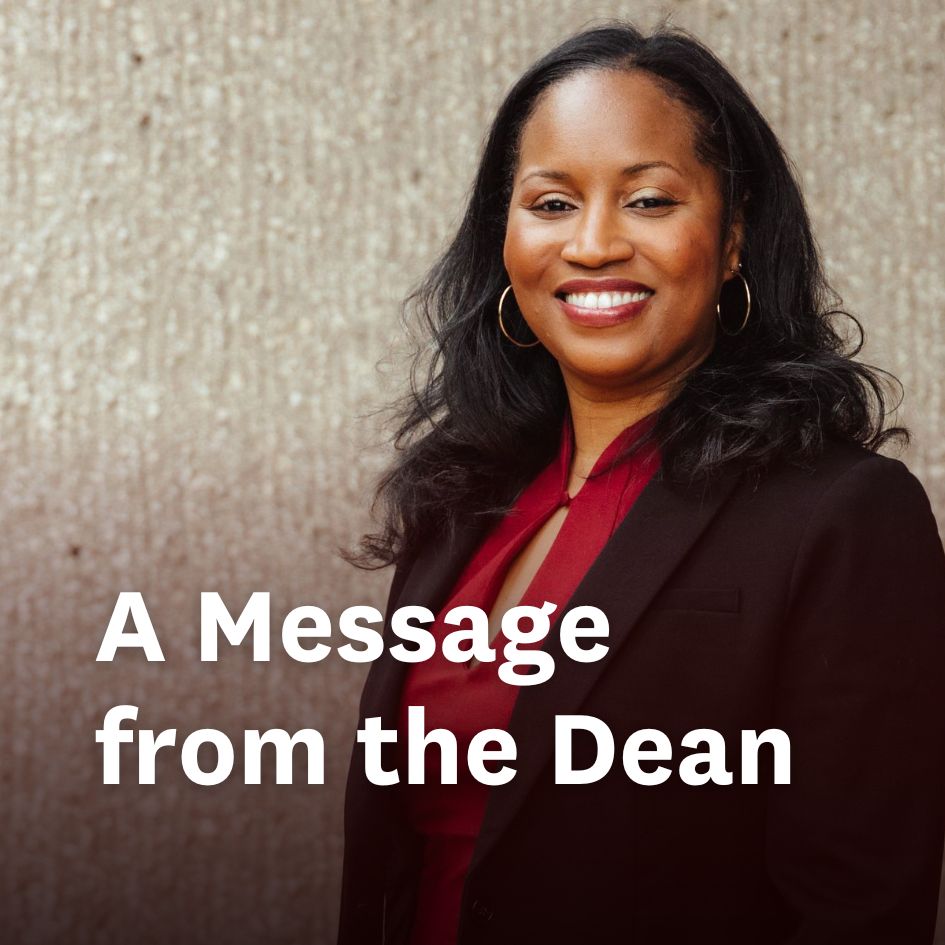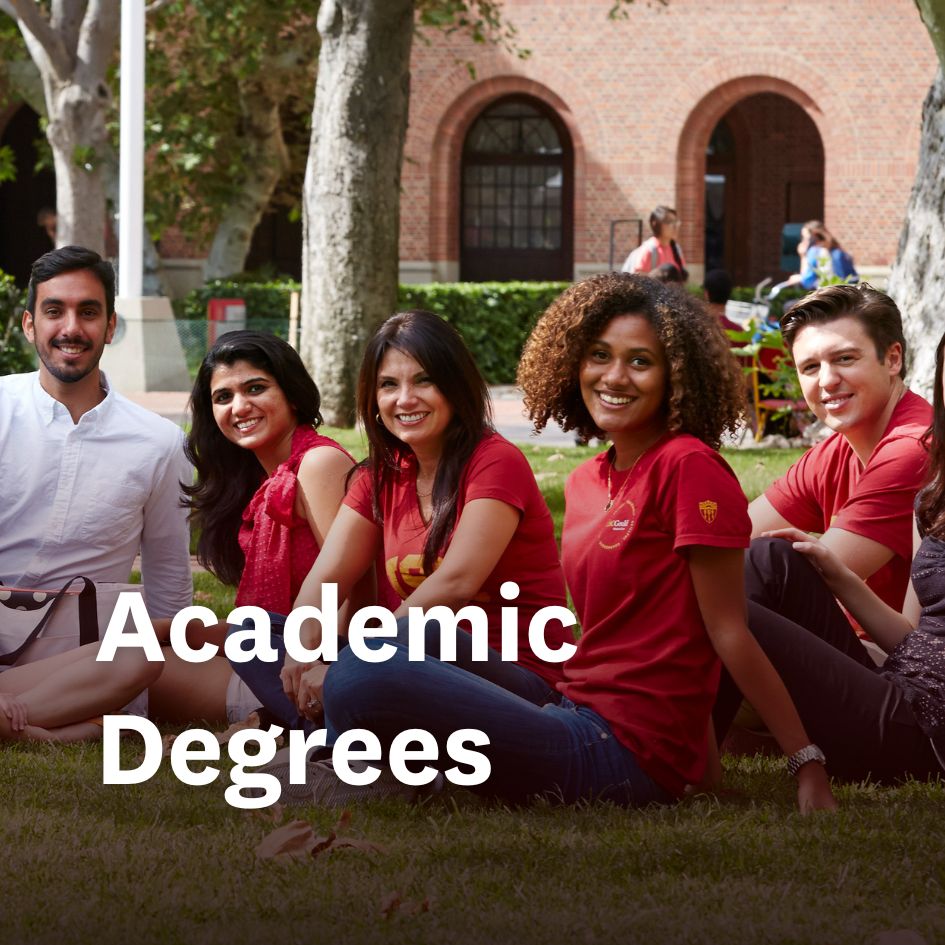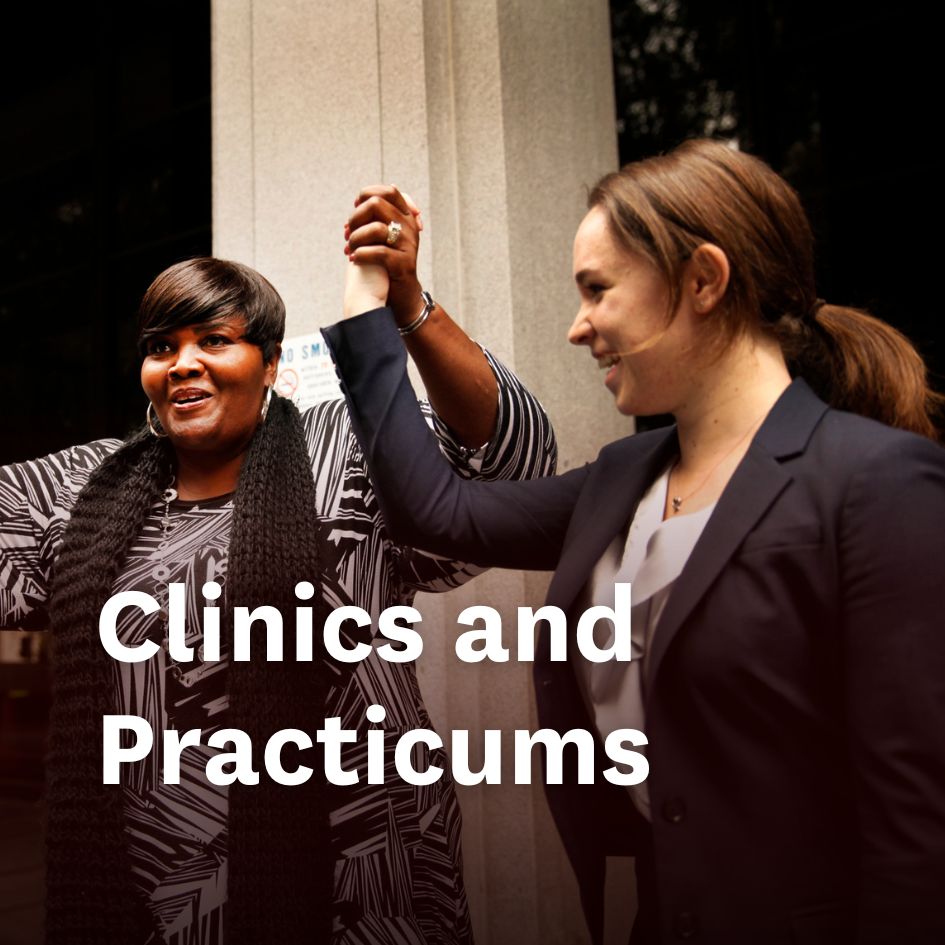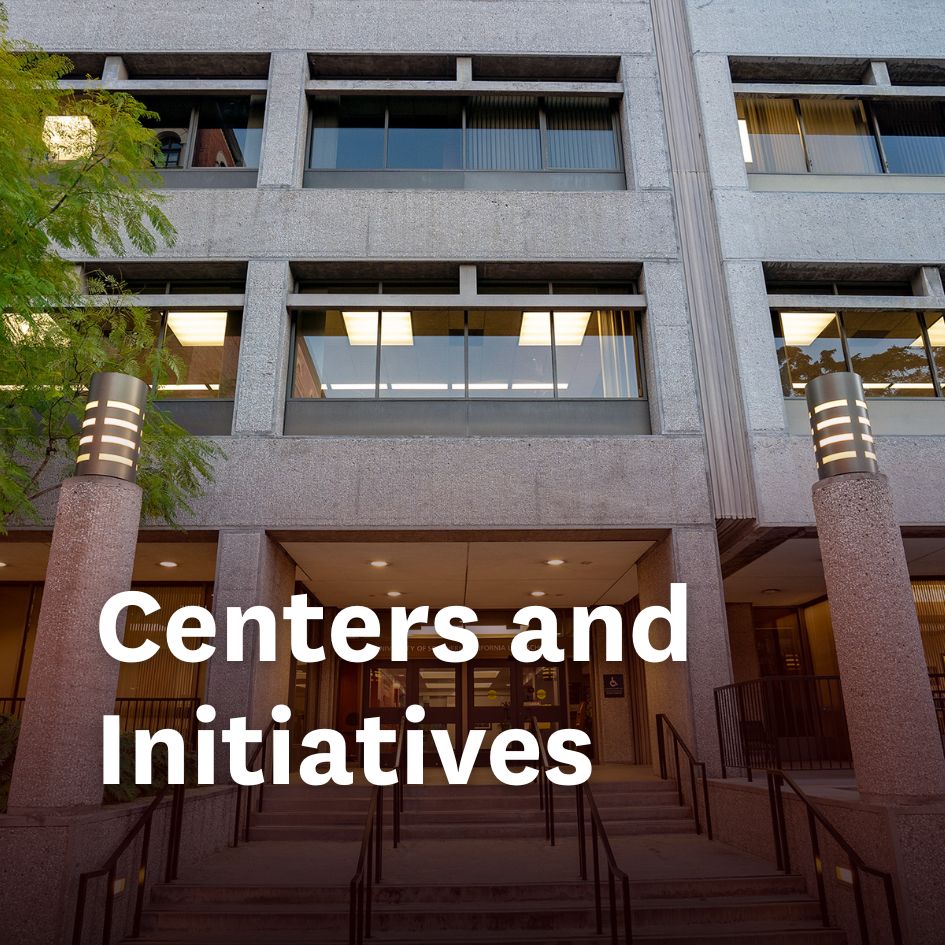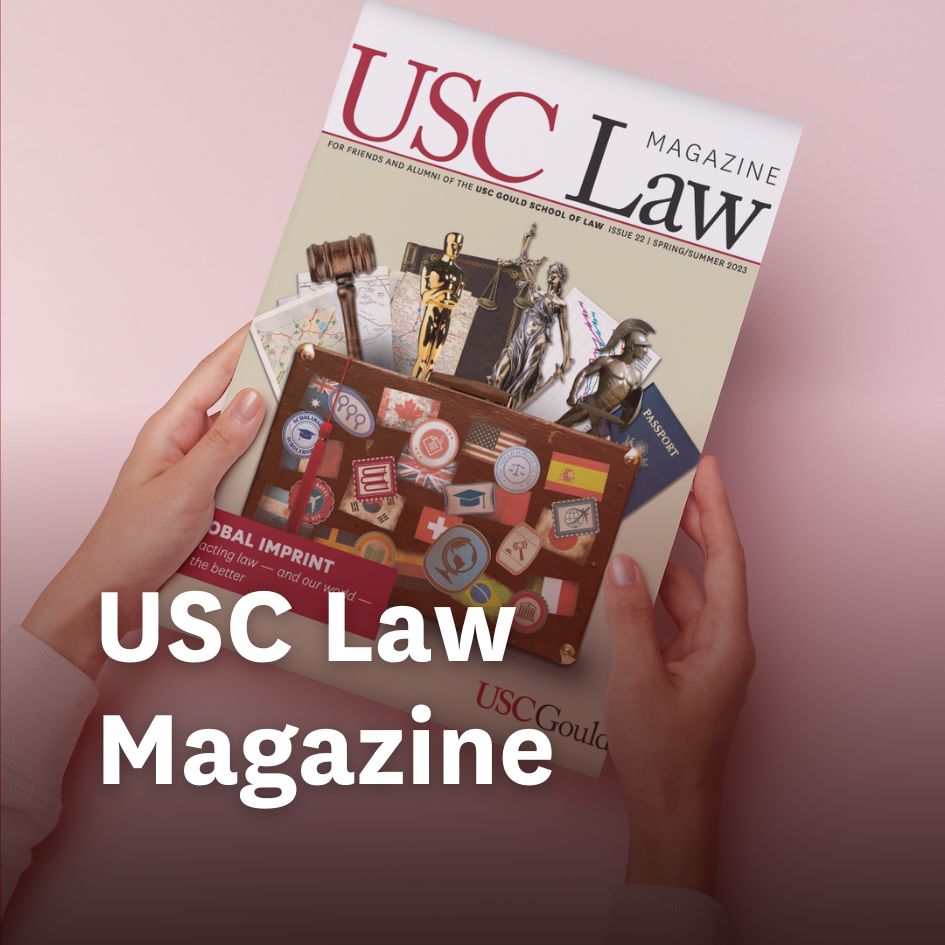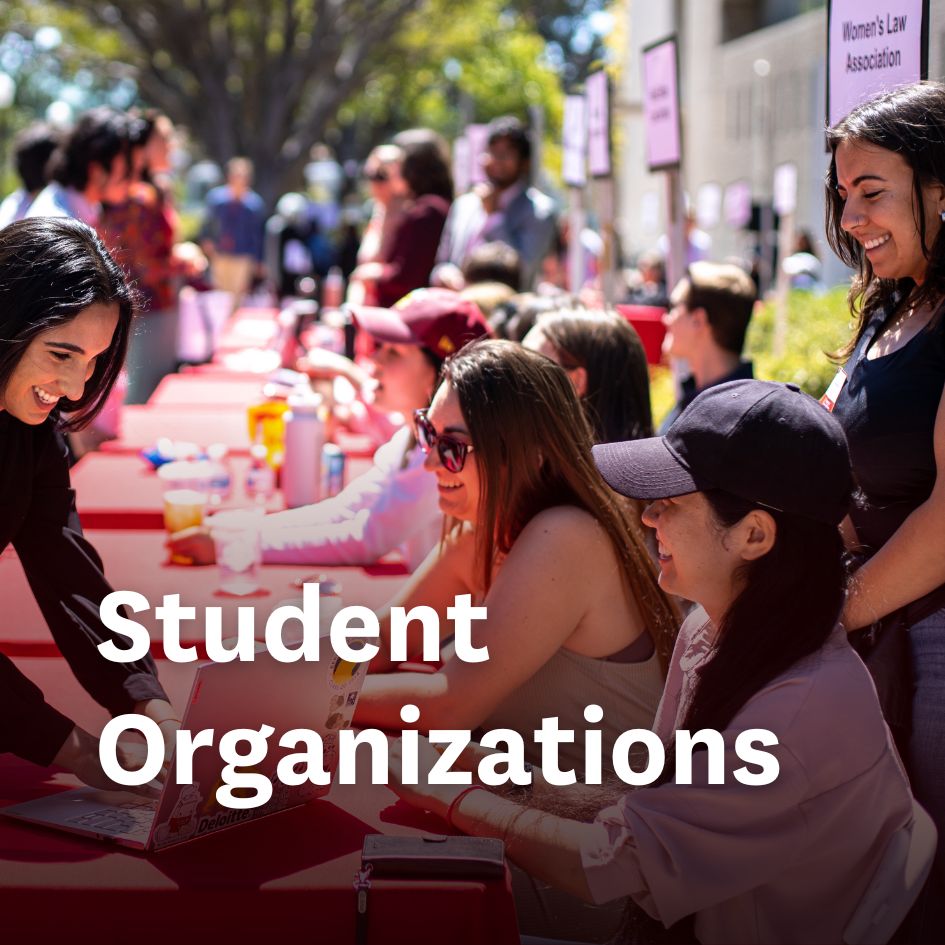.png) |
| Professor Richard M. Peterson, Director of the USC Gould Center for Dispute Resolution |
Some years ago, while developing curriculum for a new course, I came across a chapter in a book authored by Canadian management professor Gervase R. Bushe, titled “Sense Making and the Problems of Learning from Experience: Barriers and Requirements for Creating a Culture of Collaboration.” I was especially intrigued by the author’s description of what he called “interpersonal mush,” a condition frequently infecting organizational communication and obstructing collaborative endeavors.
While I was familiar with the symptoms of this condition, I had never heard it described with such a simple but expressive label. His treatment of this topic made so much sense to me that I have incorporated it in my dispute resolution teaching, training and practice ever since. Bushe describes interpersonal mush as occurring, “…when people’s understanding of one another is based on fantasies and stories they have made up, thinking they are the facts.” It was especially useful in my work as the director of a law school legal clinic where my students and I facilitated dispute resolution between parents and school districts in connection with the education of children with disabilities under the Individuals with Disabilities Education Act (IDEA).
This condition is especially prevalent in situations where group members engage in discussions associated with planning and decision making. In such settings, members of a group share and discuss ideas and opinions. Interpersonal mush arises not by what is said but, rather, by what is not said. When participating in discussions, group members rarely say everything they have to say about the topic, and they frequently fail to ask important clarifying questions. There are many reasons for this lack of transparency, some well-intended and some not. One person may hold back for fear of offending the speaker. Another may fail to ask questions, assuming they’ve “got it” based on erroneous automatic assumptions. Someone else may remain silent for fear of being judged. Others may fear that they are out of sync with everyone else. Yet another withholds information out of anger or bad feelings, and on and on.
People are sense-making beings. When exposed to new information, we intuitively try to make sense of it by assessing and attaching meaning and value in order to create and maintain psychological balance. When informational gaps are created people tend, subconsciously, to fill in the gaps with unfounded assumptions that then go unverified and unchecked. We add to what we know with what we don’t know and treat it all as the truth. What we don’t know, but assume to be true, is based on preconceived ideas of what we believe regardless of whether such ideas are supported by objective evidence. “Unfortunately, the stories people make up tend to be more negative than the reality,” Bushe writes. “In a vacuum of information, people tend to assume the worst, and this is particularly true in work organizations.”
An example from my work years ago will help put these ideas in context. I was facilitating a meeting with a school’s team of educators and the mother of an eighth-grade girl with Down syndrome. The student had developed some challenging behaviors during the school year which the team was meeting to address. Over the months during which these behaviors developed, the teacher, parent and school administration communicated by various means, including notes, emails, telephone calls and even some in-person school meetings.
 |
As time passed and the behaviors continued unabated, the emotional temperature evidenced in the communications began to escalate. The teacher felt that the parent was attributing the student’s behaviors to her teaching. The parent felt that the teacher was attributing the behaviors to her parenting. As her daughter’s situation failed to improve, the parent also concluded that the school district was attempting to create a basis for a more restrictive, segregated placement for high school the following year. Such a placement would have excluded her daughter from full inclusion and association with the peers with whom she had attended school since kindergarten. Nothing had been said by the school district to indicate that this was their intent, and the parent did not seek to confirm or dispel her assumptions. This was a negative and unfounded assumption, based on general information not specifically relevant to this situation but, nevertheless, made automatically to fill the information gap.
It is not unusual for parents and educators to be in conflict, especially about topics such as a student’s negative behaviors and future educational placement. I encountered such circumstances regularly in my work and that is one of the reasons my legal clinic existed. What I did find unusual, however, was that these particular participants were in conflict. Throughout the previous years of this child’s educational career both parent and teacher, as well as the school administration, had been models for effective collaboration and had achieved very successful outcomes in the education and social development of this student. What was new in this dynamic was the student’s negative behaviors and the frustration experienced by everyone in trying to deal with them. It turned out that the behaviors were being triggered by an instructional aide who was experiencing significant mental health issues. The situation was made more difficult by the school’s lack of authority to deal with the aide in a manner helpful to the student. These facts were not known to the parent.
In spite of the many emails, phone calls and meetings between the parties, much of what each was thinking, feeling, wanting and needing was not fully or accurately communicated. Questions which could have clarified the messages received were not asked. These oversights created information gaps. Where information was lacking the parties unconsciously filled the ensuing information gaps with stories fabricated on presumptions that assumed the worst and which led to increased negativity reinforced by the discharge of escalating emotions packaged in their exchanges. By the time the parties met, everyone present felt hurt, betrayed, unappreciated and terribly frustrated.
As the meeting began and the parties began to talk, I immediately sensed that their relationships had dissolved into interpersonal mush. It is amazing how often this condition becomes obvious when you know what you are looking for. The good news about interpersonal mush is that there is an antidote which Bushe calls “interpersonal clarity.” “Interpersonal clarity is a state in which each person is aware of his or her own experience, the other’s experience, and the difference between them,” he writes. “Interpersonal clarity is about being ‘transparent,’ about letting others know what your in-the-moment experience (observations, thoughts, feelings, wants) is so that they will make up more accurate stories about you. It is about calmly and dispassionately describing (not expressing) what you are feeling. It’s about putting on the table the observations and mental maps that are leading you to your judgements without assuming that your judgements and maps are ‘the truth’ or that the other person has the same observations or maps as you.”
 |
Having formed the hypothesis that the parties were in a state of interpersonal mush, I began to ask questions to test my assumptions. I first complimented everyone for the incredible collaboration they had formed over the years, and the extraordinary success they had achieved as a team, as evidenced by the student’s substantial educational, social and emotional development. These comments were heartfelt and true. I wanted to lower the negative emotional feelings before asking questions and my words could not have had that effect had they not been authentic. Then I told the group I had some ideas about what I thought was going on with respect to their thoughts, feelings and ideas and I wanted to ask a few questions to test my assumptions.
With the parent’s permission I first thanked all of the educational team for their dedication, hard work, commitment, concern and nurturing of the student. I then sought to clarify and give meaning to how the parent felt and what the parent thought was going on. “Mrs. _________ has felt as though you all think that the student is exhibiting these negative behaviors because she is not parenting appropriately and, that if she would just get her act together, the student would be fine.” I added that the parent was also concerned that perhaps the school district was planning to use the negative behaviors as a pretext to remove the student from an inclusive classroom when she started high school the following year. She feared that documentation of the negative behaviors was a “paper trail” to be utilized for that purpose.
Just as soon as I finished my last sentence the school administrator looked the parent in the eyes and quietly said, “Mrs. _________, please know that these behaviors are not your fault, they are not your daughter’s fault, and they are not her teacher’s fault. They have arisen because of staffing issues in the classroom.” Then, her voice choked with emotion, the administrator continued, “Please know that we are absolutely committed to your daughter being fully included in a regular classroom with the peers she has gone to school with since kindergarten. The reason we are so focused on these behaviors is because we want to do everything we can to appropriately address them before she gets to high school. We want to ensure her high school experience can be everything it should be for her.” With these words you could see the stress draining from the face of the parent and tears beginning to well in the eyes of everyone present.
I next turned to the teacher and thanked her on behalf of the parent for all she had done over the years. I specifically acknowledged how she had partnered with and supported the parent through the years to assure the student’s success and the student’s ability to be educated in a regular classroom with her non-disabled peers. I then suggested to the teacher that I thought she felt unappreciated and also felt blamed for the student’s behavior challenges. She acknowledged that this was exactly how she felt. I assured her this was not the case and the parent strongly endorsed these sentiments. As the meeting continued, a sense of calmness and relief came over everyone as they continued to talk, plan and make important decisions based on a much more accurate assessment of what was needed. Interpersonal mush was transformed by interpersonal clarity. Ultimately the student’s behaviors were successfully addressed and the student went on to have a wonderful high school experience in a fully inclusive regular education classroom. She joyfully walked with her peers on graduation day as she celebrated her individual success and looked forward to entering the next chapter of her life.
This is but one example of how dispute resolution education empowers those seeking to facilitate effective communication, collaboration and conflict management by providing the tools essential for that endeavor. One of the most satisfying experiences I have had over nearly 20 years of teaching this curriculum is witnessing so many students who have transformed their thinking, goals and behaviors as they progressed through their dispute resolution program. This satisfaction has only been exceeded by observing the outstanding achievements and accomplishments of these students following graduation. I am grateful to be part of this great dispute resolution program at USC Gould, and am proud of our students, faculty, staff and alumni for their dedication and commitment to making our world a better and more peaceful place to live.
Learn more about the USC Gould School of Law Center for Dispute Resolution degrees and certificate here: https://gould.usc.edu/go/adrdegrees/


